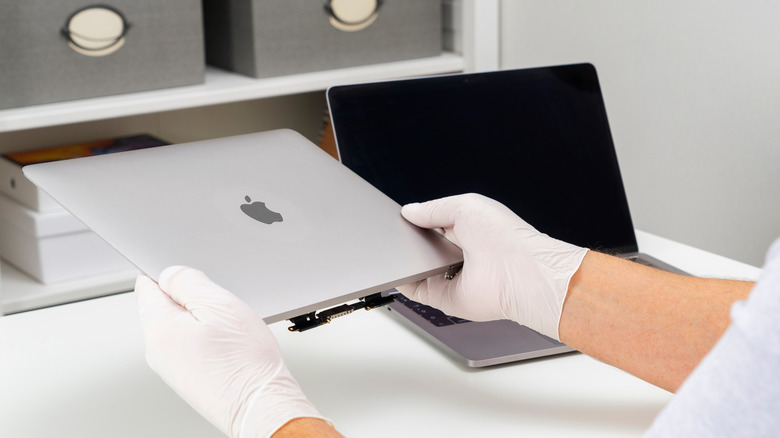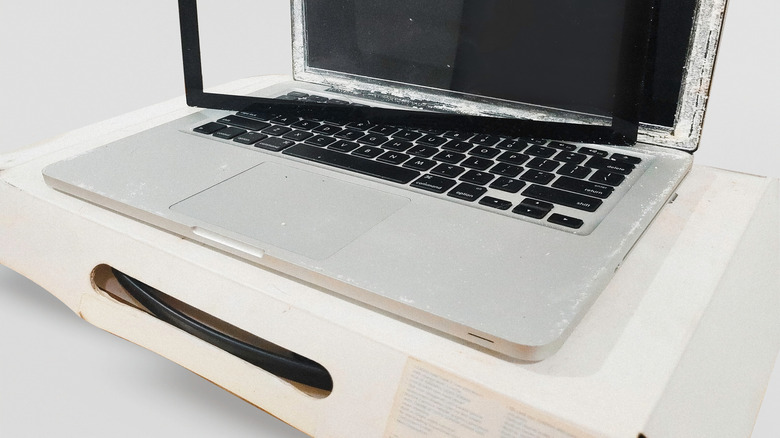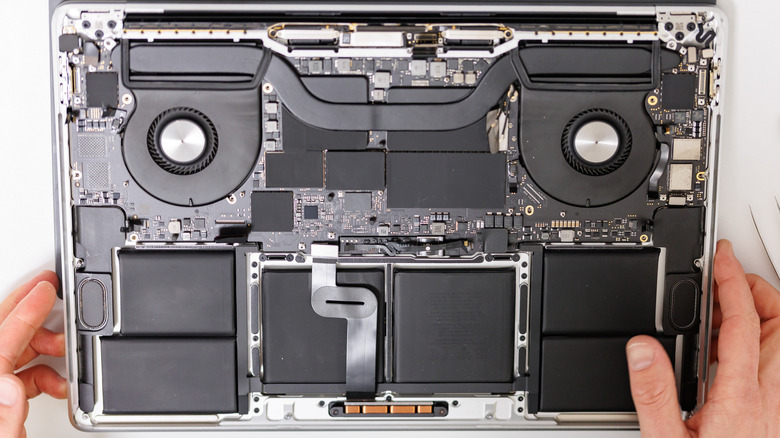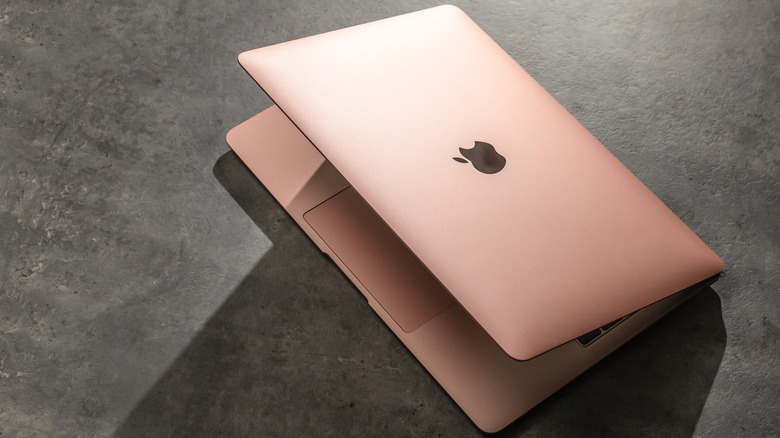Reviving An Old Mac: Tips From An Expert To Bring Your Old Laptop Back To Life
I recently ran into a conundrum with my brother, who is embarking on the college journey and needs a computer. I was mentally readying myself to purchase a reliable computer that could last him the next few years, but he told me that he mainly needed a computer for lectures, document processing, and the occasional streaming. Those are requirements that an affordable computer — like a used Mac — can handle.
I dusted off an outdated MacBook that was no longer on official support, went through the tedious approach of OpenCore Legacy Patcher, and installed macOS Sequoia on the laptop. So far, the journey has been smooth sailing, but the whole process is a tad more technical than the seamless macOS updates. For a person who is not tech-savvy, it's an overwhelming workaround, and getting an older Mac back in shape is not always about software. Broken or lagging hardware is usually the main culprit that condemns an old Mac to the dark corners of a cupboard. And if there's a cold, bitter truth about Apple that everyone knows, it's that Macs are not exactly repair-friendly.
What's are the common old Mac woes?
Over the past few years, Apple has shifted course and embraced DIY repairs, offering detailed product guides and genuine replacement parts. Thanks to reforms such as the EU's Right to Repair directive, consumer electronics have been directed to make spare parts available for longer, at a reasonable price, and without hindering repairs with any design or software technicalities. Despite all those pieces falling into place, fixing or upgrading an old Mac needs a lot of expertise and caution.
"The most common fixes and tune-ups we do in store include software refresh (or reinstallation), hard drive replacement, LCD replacement (for screen damage), top casing replacement (for keyboard damage and/or liquid exposure) and of course battery replacements," Benjamin MacDonald, Senior Manager of Store Operations at uBreakiFix, told Slashgear.
MacDonald adds that if a person is not used to fixing a Mac, they should probably avoid that adventure or risk worsening the damage or breaking it. "There are some repair types, like motherboard damage or liquid exposure, that can't always be fixed, depending on the level of damage," MacDonald says. "Even so, I always recommend bringing your device to a repair shop to check before buying a replacement. We can run a diagnostic and determine the best course of action."
Approaching the recovery of an old warhorse
MacDonald also told SlashGear that software refresh is one of the most common customer requests they handle for older machines. "You would be surprised how many issues can be resolved by simply updating or reinstalling the software – so that's always a good place to start," says MacDonald.
So, how should you approach the revival of an old Mac? Let's start with the software. Always check if your Mac is running the latest software update available from Apple. If it is still entitled to an update from Apple, you can check and install it by following this path: Apple menu (top-left corner of the screen) > System Settings > General > Software Update. For older Macs, you may see this route: Apple menu > System Preferences > Software Update.
The latest version of macOS as of this writing is Sequoia; you can check if it is available for your old Mac on Apple's support site, as well as find resources for older versions of macOS, such as Sonoma, Ventura, and Monterey. You might have to optimize the storage for the recent releases, and there are chances you might run into errors that may require macOS Recovery, startup disk repair, firmware restoration, or full erasure. Even then, a software update can only take an old Mac so far.
"Once you start getting into models 6+ years in age, it might be time to consider upgrading as the hardware and motherboard wear out," says MacDonald. At that point, you'll need to visit a repair outlet and get your Mac checked for worn or broken parts, disconnected cables, loose ports, or any such hardware defect that could need a part replacement and the deft skills of a seasoned repair expert.
How old is too old for a Mac?
Just like every other consumer electronics item, there comes a time when production will have ceased and existing stocks of spare parts dry up. That's when a machine in need of repair and replacement will be beyond the salvage point.
Apple is no different. The company follows a tiered strategy for old machines, separated across two tiers: Vintage (Apple has paused their sale for over 5 years, but less than 7 years. Parts can be purchased from Apple or authorized partners.) and Obsolete (Apple has stopped selling them for over 7 years. All hardware service is discontinued. Repair outlets can no longer order parts. For Macs, some models are eligible for an extended 10-year battery-only repair, but that depends on the availability of parts.).
Macs dating as far back as the 2013 iMac and as recent as the 2019 MacBook Pro are now considered vintage worldwide. In a nutshell, if your Mac is still in the "Vintage" class, there is some hope still left.
If your Mac has become "Obsolete," then pray that lady luck favors you with spare parts if you've incurred hardware damage. At that point, a RAM upgrade and swapping out the hard drive in favor of a speedy SSD can often do wonders for an old computing machine. For software-related woes, workarounds such as the Open Core patch can help run at least the latest version of macOS, assuming the hardware inside was not entry-level. Otherwise, running a less resource-intensive Linux build can get your old Mac back onto its computing turf.



